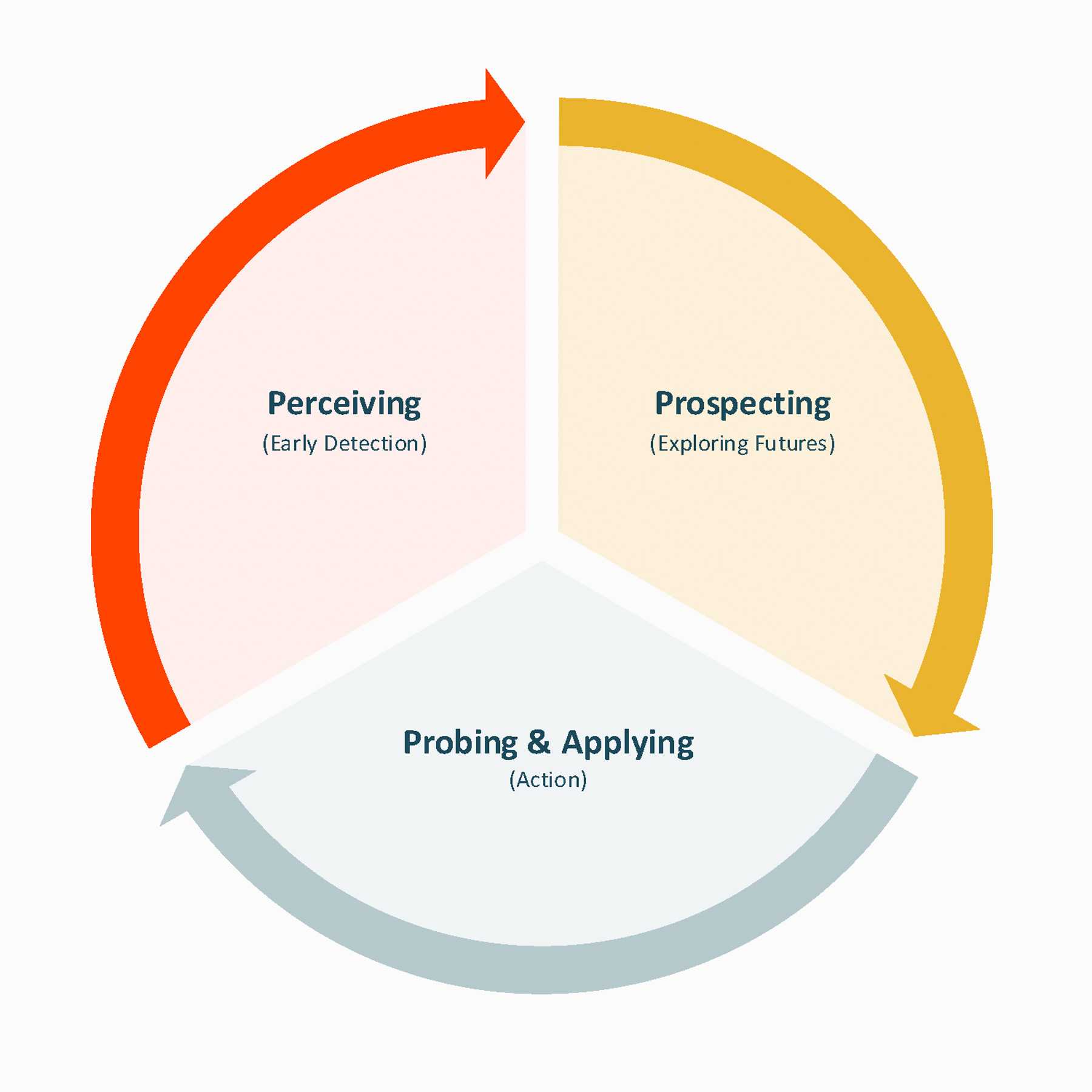

Following a fatal car crash in late March caused by incorrect use of assisted driving features, China ramped up its regulatory oversight of intelligent driving. The heightened regulatory push underscores growing concerns over road safety and aims to address risks associated with automation misuse, as authorities work to prevent further accidents and ensure responsible deployment of intelligent driving technologies. As advancements in automation grow alongside the booming new energy vehicle market, regulators aim to curb misleading advertising, mitigate risks related to driver inattention and prevent the premature deployment of autonomous driving functions.
What Are the New Rules?
In April, regulators took steps to rein in the emerging intelligent driving market. The Ministry of Industry and Information Technology (MIIT) convened a meeting on April 16 with 60 car companies to reinforce compliance with autonomous driving regulations. To prevent false expectations, MIIT banned misleading advertisements that imply vehicles are fully autonomous, according to a China Automotive News article revealing key notes from this meeting. Terms such as “automatic driving,” “autonomous driving,” “intelligent driving” and “advanced intelligent driving” are now prohibited in promotional materials.
Additionally, new restrictions will be implemented to ensure drivers remain engaged when activating intelligent driving features. Key driverless features like automated valet parking, smart summon and remote control—often highlighted as selling points in new car launches—will be disabled. As part of the meeting, MIIT also stressed that automakers must adopt stricter policies on public testing and over-the-air (OTA) updates, a function that allows wireless delivery of new software to mobile devices. The regulations prohibit car companies from releasing unfinished or actively updating systems that could compromise road safety.
Two days before the meeting, the Ministry of Public Security (MPS) Road Traffic Safety Research Center published an article detailing traffic accidents in the past year involving improper use of intelligent driving tools. Referencing the State Administration for Market Regulation’s taxonomy of vehicle automation, the article highlights that almost all vehicles in China currently operate at Level 2 (L2) partial driving automation, meaning driver supervision is still essential. Even Level 3 (L3) conditional automation, which no cars in China currently qualify for, requires human intervention when necessary.
Broader Regulatory Context
China’s push for stricter intelligent driving regulations has been underway for months. On March 1, MIIT took a significant step by releasing the “Circular on Further Strengthening the Administration of Market Access, Recalls and Over-the-Air Software Upgrades for Intelligent Connected Vehicles,” tightening requirements to ensure all vehicles meet rigorous safety and compliance standards before reaching consumers. The regulation mandates clear activation, execution and exit policies for assisted driving features, requiring manufacturers to document each OTA update and inform users before and after software changes.
Standardization of intelligent driving technologies is another key focus to ensure regulatory consistency and enhance safety. MIIT’s “2025 Automotive Standardization Work Plan,” published on April 29, highlights China’s efforts to build mandatory national safety standards for autonomous systems and expedite the development of unified standards for automated parking, autonomous driving conditions and simulation testing. It also calls for quick revisions to driver-assistance standards, including automatic emergency braking (AEB), lane-keeping assistance and reverse assistance.
What Does This Mean for Automakers?
China’s intensified approach to intelligent driving regulations reflects its commitment to balancing technological innovation with consumer protection. While the industry continues to evolve, authorities emphasize that automation cannot replace driver responsibility. Automakers can expect more comprehensive regulatory measures, as revealed in the MIIT meeting, to prevent the premature release of automation features that could pose risks to drivers and other road users.
Businesses are reshaping their marketing strategies in response to the new compliance requirements. After the April 16 MIIT meeting, automakers largely refrained from releasing new models, resulting in a month-long gap before product announcements resumed in late May. In contrast to earlier launches, recent presentations have toned down intelligent driving promotions, replacing terms like “automatic driving” with “assisted driving.” Meanwhile, segments on intelligent driving have been scaled back, while other features—such as smart cockpits and electric motor control systems—have been emphasized more heavily.
This cautious approach suggests that until L3 intelligent driving is fully achieved, brands will remain reserved in showcasing their automation capabilities. This also means that automakers that achieve L3 automation sooner may gain a significant market advantage over L2 competitors subject to the regulatory restrictions above.
Tighter regulations reinforce clear accountability for drivers over automation reliance, ensuring intelligent driving serves as a safety-enhancing tool rather than a potential risk factor. Adhering to stricter messaging and compliance measures, the auto industry is actively educating drivers on the rights and responsibilities of intelligent driving. By helping eliminate misconceptions surrounding autonomous driving, the new policies lay the groundwork for the responsible adoption of higher-level automation technologies.


